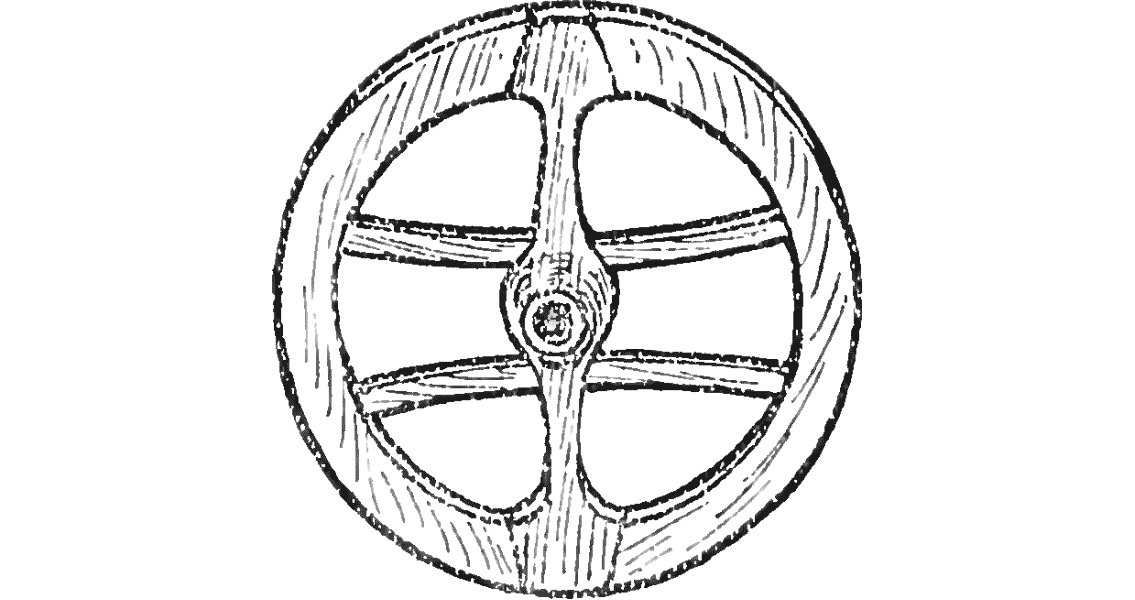<![CDATA[A rare and remarkable Iron Age chariot has been discovered by a group of archaeology students in an excavation project in Leicestershire. At an ancient fort in Burrough Hill, the team uncovered bronze chariot fittings, together with horse care tools that date back to the second or third century BC. Archaeologists presume that the chariot was either never completed, or had been dismantled. They also believe that the chariot may have belonged to a high-status character such as a warrior or nobleman. The participants of the excavation project were shell-shocked by the size of their own findings. The highly decorated fittings from the 2,200-year-old chariot seem to have been buried as a spiritual submission, perhaps to mark the start of a new season. The excavation team also uncovered some equestrian tools, including items that were perhaps two curved blades, and a grooming comb which may have been used in the care of horse hooves. The group of students from the University of Leicester made this discovery during their ongoing excavation of the Burrough Hill Iron Age hill-fort, close to Melton Mowbray in Leicestershire. While excavating a large deep pit next to the remains of a house inside the hill-fort, 4 students uncovered a piece of bronze in the floor, before finding more fragments nearby. Altogether, the pieces are recognizable as a matching set of bronze fittings from a mid-to-late Iron Age chariot. After being cleaned up, the decorative patterns of the fittings could be spotted in the metalwork; a triskele design showing three waving lines which is akin to the flag of the Isle of Man. The chariot parts found consist of linch pins together with other fittings, including straps, rings, and a barrel-like harness. Nora Battermann, one of the students who participated in the excavation project, said that that she quickly realised when excavating the hoard that it would prove to be a once in a lifetime discovery. Dr Jeremy Taylor, a lecturer in landscape archaeology at the University of Leicester, confirmed that the set of highly decorated fittings were from an Iron Age Chariot which dates back to the second or third century BC. He went on to say that this was the most significant find they have made at Burrough Hill in the five years they have been working at the site. He also mentioned that they were tremendously excited by the discovery that has been made.]]>
Rare 2200-Year-Old Iron Age Bronze Warrior Chariot Uncovered in Melton
